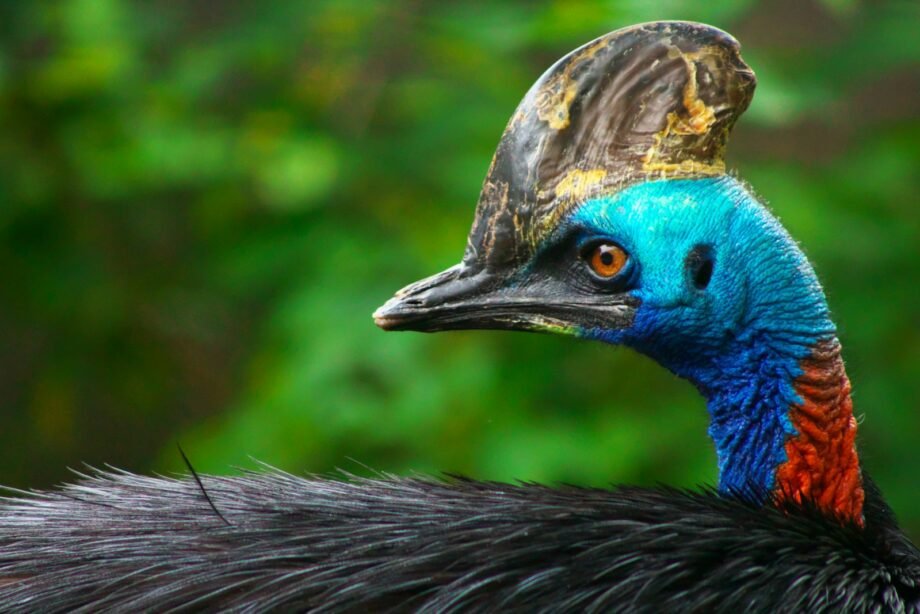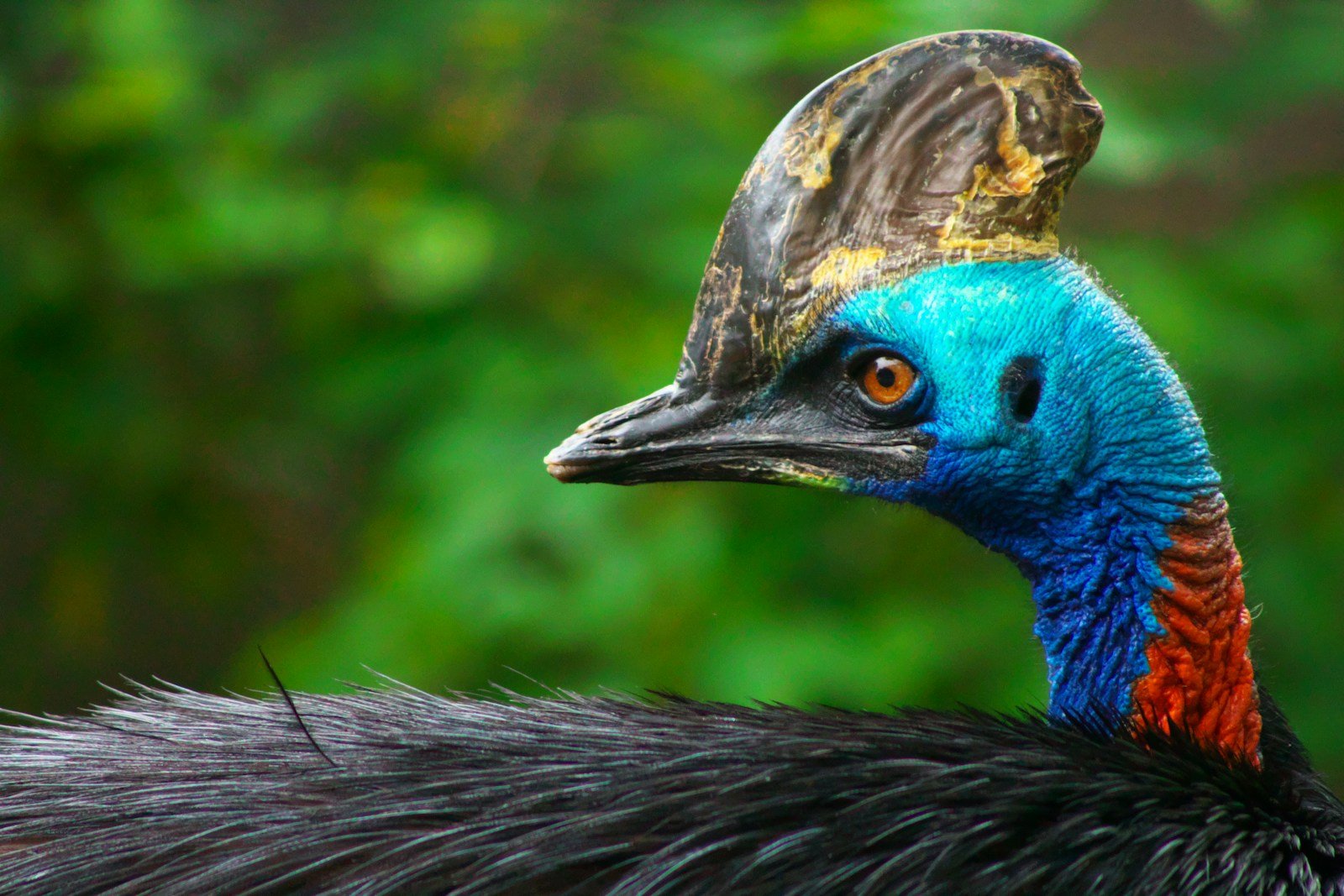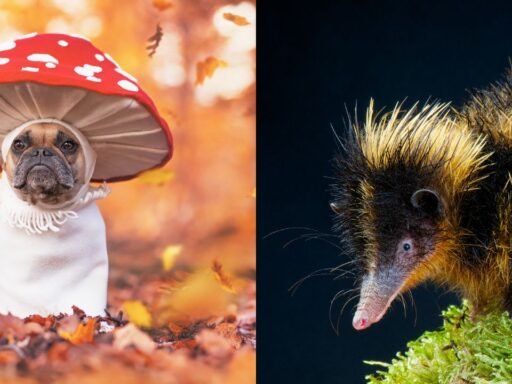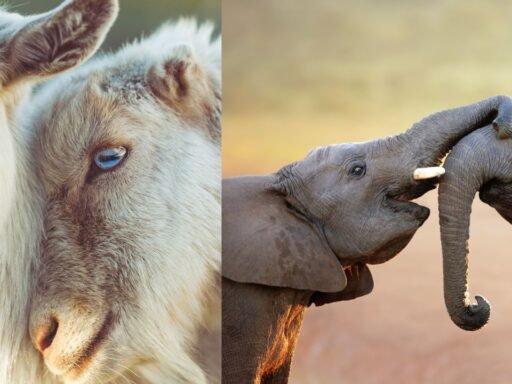The Cassowary, a large and majestic bird native to the tropical regions of Australia and New Guinea, is a sight to behold. With its distinctive casque, or crest, on its head and its vibrant plumage, this bird is a true marvel of nature. However, despite its impressive appearance, the Cassowary is facing numerous threats to its survival, including habitat loss and fragmentation, hunting, and climate change. In this post on cassowary facts, we will delve into the fascinating world of Cassowaries, exploring their unique characteristics, habits, and habitats, as well as the efforts being made to protect and conserve these incredible birds.
Unique Casque
One of the most distinctive features of the Cassowary is its casque, or crest, on its head. This casque is made of keratin, the same protein that makes up human hair and nails, and is thought to be used for communication and mating. The casque is also highly sensitive, and may be used to detect subtle changes in its surroundings. Some scientists believe that the casque may be used to detect the presence of predators or rivals, while others think it may be used to attract mates or signal dominance.
Large Size
Cassowaries are the largest birds in Australia, with the southern cassowary (Casuarius casuarius) reaching heights of up to 6 feet (1.8 meters) and weighing up to 120 pounds (54 kilograms). The northern cassowary (Casuarius unappendiculatus) and the dwarf cassowary (Casuarius bennetti) are slightly smaller, but still impressive in size. Their large size and powerful legs make them well-suited to their tropical rainforest habitats, where they can move quickly and easily through dense vegetation.
Flightless Birds
Unlike many other birds, Cassowaries are flightless, meaning they are unable to fly. This is likely due to their large size and weight, as well as their evolutionary history. Cassowaries are thought to have evolved from flying ancestors, but over time, they lost the ability to fly as they adapted to their terrestrial lifestyle.
Omnivorous Diet
Cassowaries are omnivores, meaning they eat both plants and animals. Their diet includes a variety of fruits, leaves, and insects, as well as small animals such as lizards and snakes. In captivity, Cassowaries are typically fed a diet of fruits, vegetables, and meat, and may also be given supplements to ensure they are getting all the nutrients they need.
Solitary Animals
Cassowaries are generally solitary animals, and only come together for mating or to protect their young. They are territorial, and will defend their territory from other Cassowaries and predators. In the wild, Cassowaries have a large home range, which they mark with droppings and other signs to keep other birds away.
Excellent Parents
Cassowaries are devoted parents, and will go to great lengths to protect and care for their young. The female Cassowary lays a single egg, which is incubated for approximately 50 days. After hatching, the chick is cared for by both parents, who will feed and protect it until it is able to fend for itself.
Endangered Status
Unfortunately, Cassowaries are facing numerous threats to their survival, including habitat loss and fragmentation, hunting, and climate change. The southern cassowary is listed as Endangered on the International Union for Conservation of Nature (IUCN) Red List, while the northern cassowary and the dwarf cassowary are listed as Vulnerable.
Unique Foot Structure
Cassowaries have a unique foot structure, with three toes pointing forward and one backward. This allows them to move quickly and easily through dense vegetation, and to grasp and manipulate food with their feet. Their feet are also highly sensitive, and are used to detect subtle changes in their surroundings.
Important Ecological Role
Cassowaries play an important role in their ecosystems, helping to disperse seeds and create pathways through dense vegetation. They are also important predators, helping to control populations of insects and small animals.
Conservation Efforts
Fortunately, conservation efforts are underway to protect Cassowaries and their habitats. These efforts include habitat protection and restoration, research and monitoring, and education and outreach programs. By supporting these efforts, we can help ensure the survival of these incredible birds for generations to come.
Conclusion
Cassowaries are truly fascinating birds, with their unique characteristics, habits, and habitats making them a valuable and important part of their ecosystems. However, they are facing numerous threats to their survival, including habitat loss and fragmentation, hunting, and climate change. It is essential that we take action to protect and conserve these incredible birds, and their habitats, to ensure their survival for generations to come. By learning more about Cassowaries and their fascinating world, we can gain a greater appreciation for these amazing creatures and the importance of conservation efforts. Remember, every small action can make a big difference in the fight to protect and preserve our planet’s precious wildlife.
Additional Resources
Learn more about Cassowary conservation efforts and how you can help
- Save the Cassowary: This website provides comprehensive information about cassowary conservation, including how to get involved: https://www.rainforestrescue.org.au/save-the-cassowary/
- Cassowary Recovery Team: Learn about the collaborative efforts to protect cassowaries and their habitat: https://www.wettropics.gov.au/cassowary-recovery-team
Explore the fascinating world of Cassowaries through documentaries and videos
- Cassowary Conservation Documentary: A YouTube documentary showcasing the efforts to save these unique birds: https://www.youtube.com/watch?v=LdSYbqixo2U
- Cassowaries: Nature’s Living Dinosaurs: A captivating video about cassowaries from Wild to Know: https://www.youtube.com/watch?v=r8DVb9h9C5Y
Support organizations dedicated to protecting and preserving Cassowary habitats
- Community for Coastal and Cassowary Conservation (C4): This organization is actively involved in cassowary conservation and offers opportunities to support their work: https://cassowaryconservation.asn.au/









Přijetí hypoteční platby může být nebezpečné pokud nemáte rádi čekání v dlouhých řadách , vyplnění intenzivní formuláře , a odmítnutí úvěru na základě vašeho úvěrového skóre .
Přijímání hypoteční platby může být problematické,
pokud nemáte rádi čekání v dlouhých řadách , podávání extrémních formulářů , a odmítnutí úvěru na základě vašeho
úvěrového skóre . Přijímání hypoteční platby může být problematické
, pokud nemáte rádi čekání v dlouhých řadách , vyplnění extrémních formulářů a odmítnutí úvěrových rozhodnutí
založených na úvěrových skóre . Nyní můžete svou hypotéku zaplatit rychle
a efektivně v České republice. https://groups.google.com/g/sheasjkdcdjksaksda/c/hPXt7ZL-VSM
bjbu1m
Přijetí hypoteční platby může být nebezpečný pokud nemáte rádi čekání v dlouhých řadách ,
vyplnění mimořádné formuláře , a odmítnutí úvěru
na základě vašeho úvěrového skóre . Přijímání hypoteční platby
může být problematické, pokud nemáte rádi čekání v dlouhých
řadách , podávání extrémních formulářů , a odmítnutí úvěru na základě vašeho úvěrového skóre .
Přijímání hypoteční platby může být problematické
, pokud nemáte rádi čekání v dlouhých řadách , vyplnění extrémních formulářů a odmítnutí úvěrových rozhodnutí založených na úvěrových skóre .
Nyní můžete svou hypotéku zaplatit rychle a efektivně v České republice. https://groups.google.com/g/sheasjkdcdjksaksda/c/1FFY3yqKphw